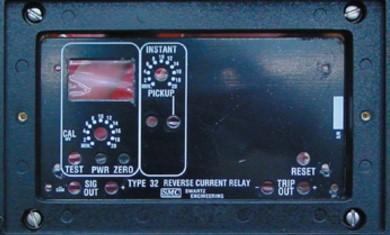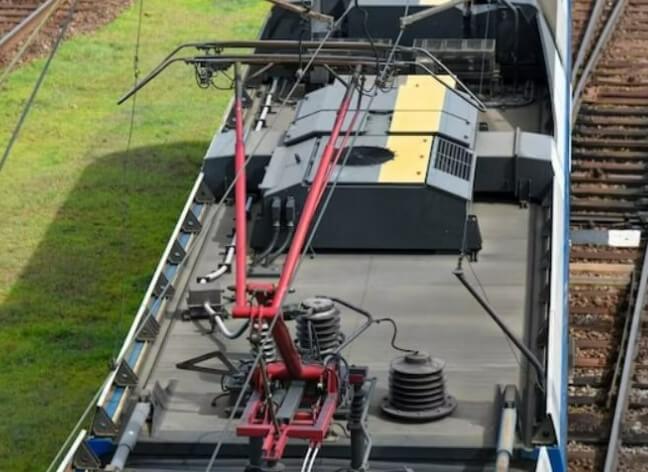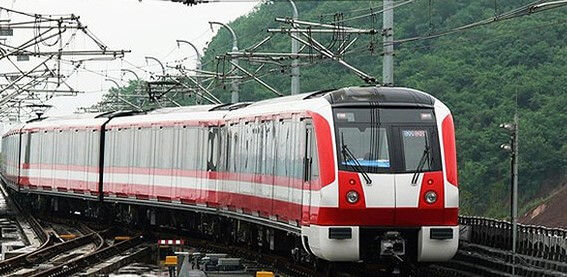
Railways are more than steel and schedules — they're a living system where safety, reliability, and human judgment meet technology. One unsung hero in that system is the protection relay. In particular, the Type 32 Reverse Current Relay plays a quiet but critical role in keeping traction power systems safe, preventing damage to equipment, and protecting people who rely on trains every day. This post explains what the relay does, why it matters for railways, and how operators and engineers can think about it in practical, human terms.
What is the Type 32 Reverse Current Relay?
At its core, the Type 32 Reverse Current Relay is a protective device designed to detect unintended reverse power flow. In many railway traction systems, power flows from the supply (substation or feeder) to the trains. When a fault occurs — a transformer issue, incorrect switching, or a generator acting unexpectedly — power can flow the wrong way. Reverse current can damage generators, motors, and other sensitive equipment. The Type 32 relay senses when the current direction reverses beyond a set threshold and issues a trip signal, isolating the faulted section and preventing wider system damage.
Why Railways Need It — Beyond The Technical Definition
Railway systems are safety-driven, high-stakes environments. When a relay like the Type 32 operates correctly, passengers don’t notice anything — trains keep running, lights stay on, and schedules remain intact. But when reverse current goes undetected, the results can cascade: equipment overheating, protection coordination failures, extended outages, and costly repairs. For maintenance teams and control-center staff, the relay is a frontline guardian that reduces the number of stressful emergency interventions and the risk of long downtime.

GET IN TOUCH
The ultimate solution for reliable power control! call us at 276-285-3841
Where It’s Typically Applied In Rail Systems
The Type 32 Reverse Current Relay is commonly used in areas such as:
- Traction substations with transformers and rotating machines.
- Sections where regenerative braking and distributed generation exist (where trains can feed power back into the grid).
- Interfaces between different power zones, where directional protection ensures one zone’s fault doesn’t destabilize another.
Because modern rail networks have more distributed energy sources and regenerative braking, directional protection is becoming more important than ever. The relay helps manage complex energy flows while keeping the system predictable and safe.
How It Works — A Simple, Human-Friendly Explanation
Think of the relay as a traffic cop on an electrical highway. It continuously “looks” at the current and determines which direction the flow is going. Under normal conditions, the cars (power) move from A to B. If cars suddenly start driving backwards at a dangerous speed, the cop stops traffic and calls for road repairs. The Type 32 relay uses current sensing (and sometimes voltage inputs) to decide whether the flow is legitimate. If not, it sends a trip to circuit breakers to isolate the problematic segment.
A few practical points:
- Setpoints are tuned so normal regenerative events (like braking) don’t cause nuisance trips.
- Time delays are used in coordination with upstream and downstream protection so only the faulty section is isolated.
- Modern Type 32 relays can be electromechanical, static, or digital — each level offering progressively finer control, diagnostics, and integration into SCADA systems.
Design And Configuration Considerations For Railway Operators
Selecting and configuring Type 32 relays needs more than copying a spec sheet. Here’s what teams should think about:
- Understanding normal energy flows — Know when and where trains feed power back into the system (e.g., during braking). Settings should allow legitimate reverse flows below a safe threshold.
- Coordination with other protection — Ensure time and current settings work with main breakers, differential relays, and upstream protection to avoid unnecessary islanding.
- Testing and commissioning — Simulate faults that produce reverse current and verify the relay trips in the right sequence. Include field crews and control-room operators in tests so they understand the behavior.
- Environmental and mechanical robustness — Relays in substations should tolerate vibration, temperature swings, and electromagnetic interference common near traction equipment.
- Diagnostics and logging — Favor relays with event recording. When something trips, a clear event log reduces troubleshooting time and human error during diagnosis.

GET IN TOUCH
The ultimate solution for reliable power control! call us at 276-285-3841
Benefits For Safety, Operations, And Maintenance
Using the Type 32 Reverse Current Relay effectively delivers measurable benefits:
- Improved equipment protection — Prevents reverse-fed damage to generators, transformers, and power electronics.
- Reduced outage duration — Rapid isolation means fewer cascades and faster recovery.
- Lower maintenance costs — Avoids catastrophic failures that require extended repairs.
- Clearer incident forensics — Good event records mean faster root-cause analysis and fewer repeat issues.
- Better passenger trust — Fewer outages and smoother operations improve overall system reliability, which riders notice.
Human Factors — Training, Procedures, And Communication
Technology alone isn’t enough. The best-protected systems combine well-configured relays with trained people and clear procedures. Some practical human-centered actions:
- Regular training sessions for both station technicians and control-room operators on how the relay behaves during regenerative braking and faults.
- Clear SOPs describing what to do when a Type 32 trip occurs, who to notify, and how to perform safe recloser operations.
- Post-incident debriefs that include engineering, operations, and maintenance teams to capture lessons learned and update settings if needed.
Future-proofing: digital relays and integration
Digital relays and intelligent electronic devices (IEDs) add value by offering advanced settings, adaptive thresholds, and better communication with control systems. When upgrading to digital Type 32 implementations, prioritize: cybersecurity, backward compatibility with legacy breakers, and the ability to extract event records easily for analysis. Integration with predictive maintenance platforms can turn relay logs into early-warning signals before a major failure occurs.
Conclusion
The Type 32 Reverse Current Relay may not be glamorous, but it plays a vital, human-centered role in railways. It protects costly equipment, supports reliable service for passengers, and gives maintenance teams actionable data to do their jobs faster. For railway operators and engineers, treating protection relays as part of the human-operational ecosystem — not just as standalone technical devices — is what keeps trains safe, on time, and trusted by the communities they serve.
Products We Offer
Swartz Engineering strives to provide top-quality products to achieve our customer's needs. Our products include:
- Type 76 DC Relay
- Type 82 DC Relay
- Swartz Engineering’s Type 64 Ground Relay
- Type 32 Reverse Current Relay
- Type 150 DC
- CSM Shield Monitor
- Metal Oxide Surge Arrestors
- Transducers
- MVIS SL Slim-line Contactor
- Fully-tested Power Control Rooms
- Swartz Engineering’s Portable Substations
For nearly half a century, we have proudly led the industry in ensuring safety and efficiency. Swartz Engineering is a trusted family-owned company dedicated to providing top-notch power distribution solutions for the electrical industry. Contact us today.
